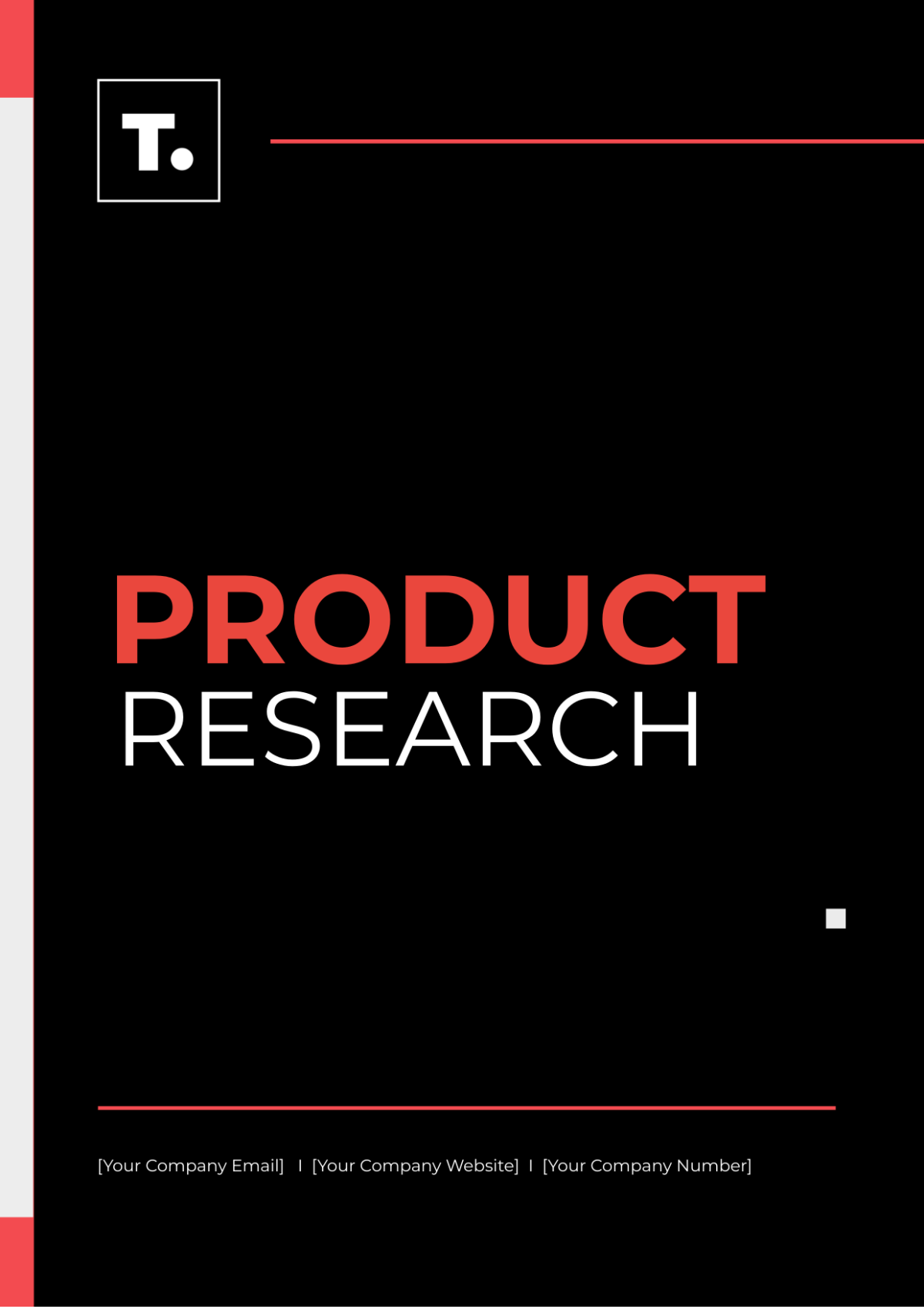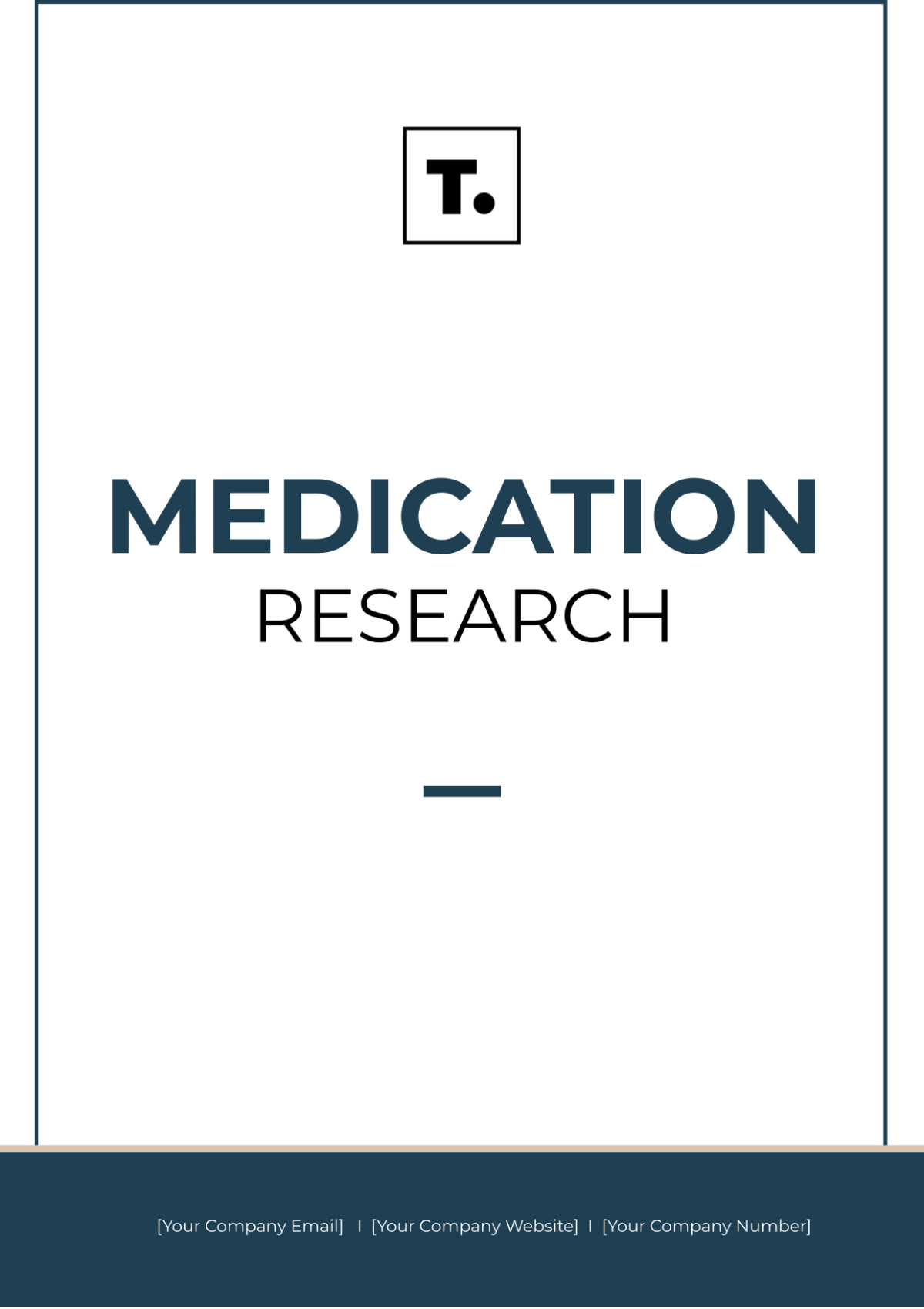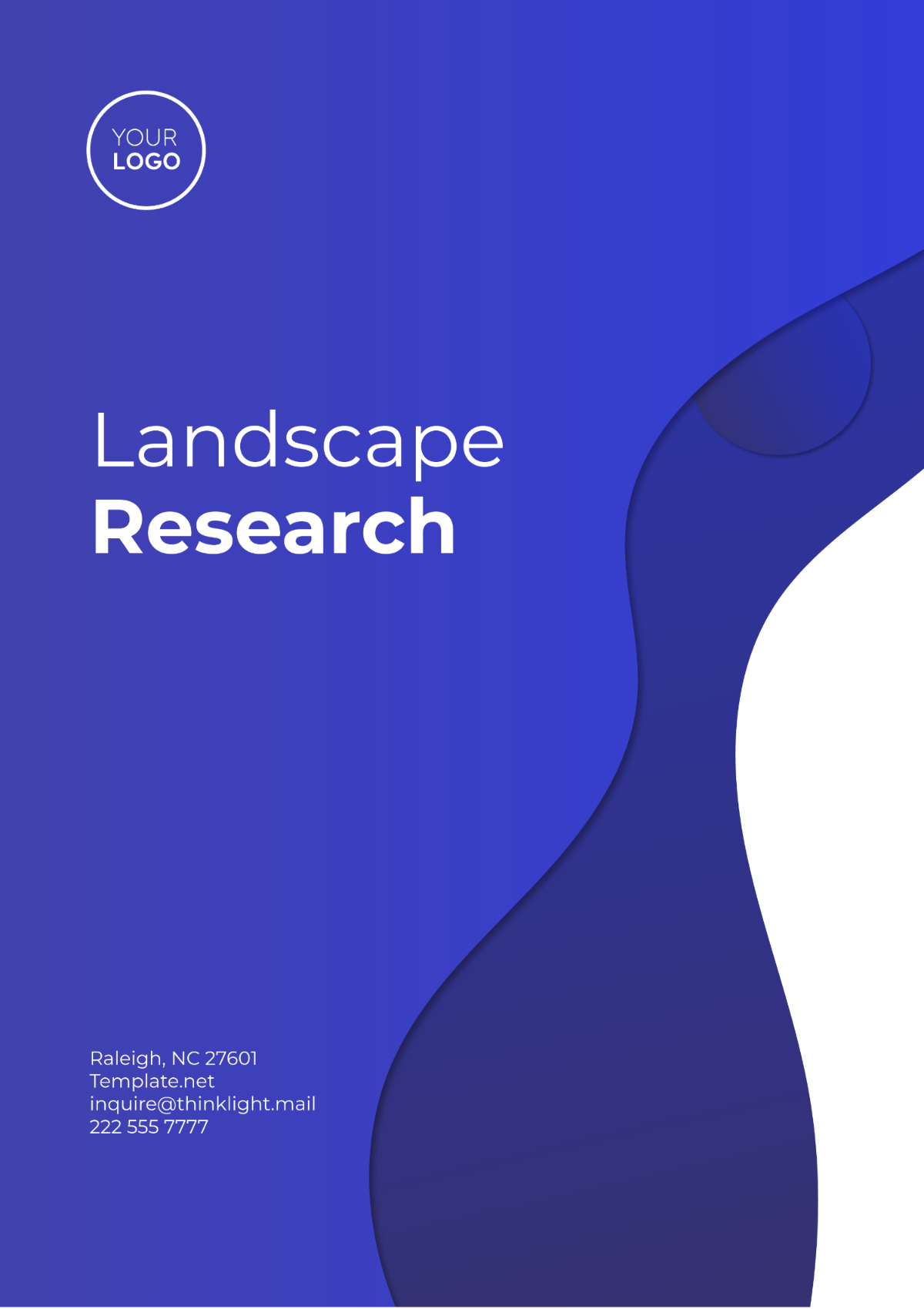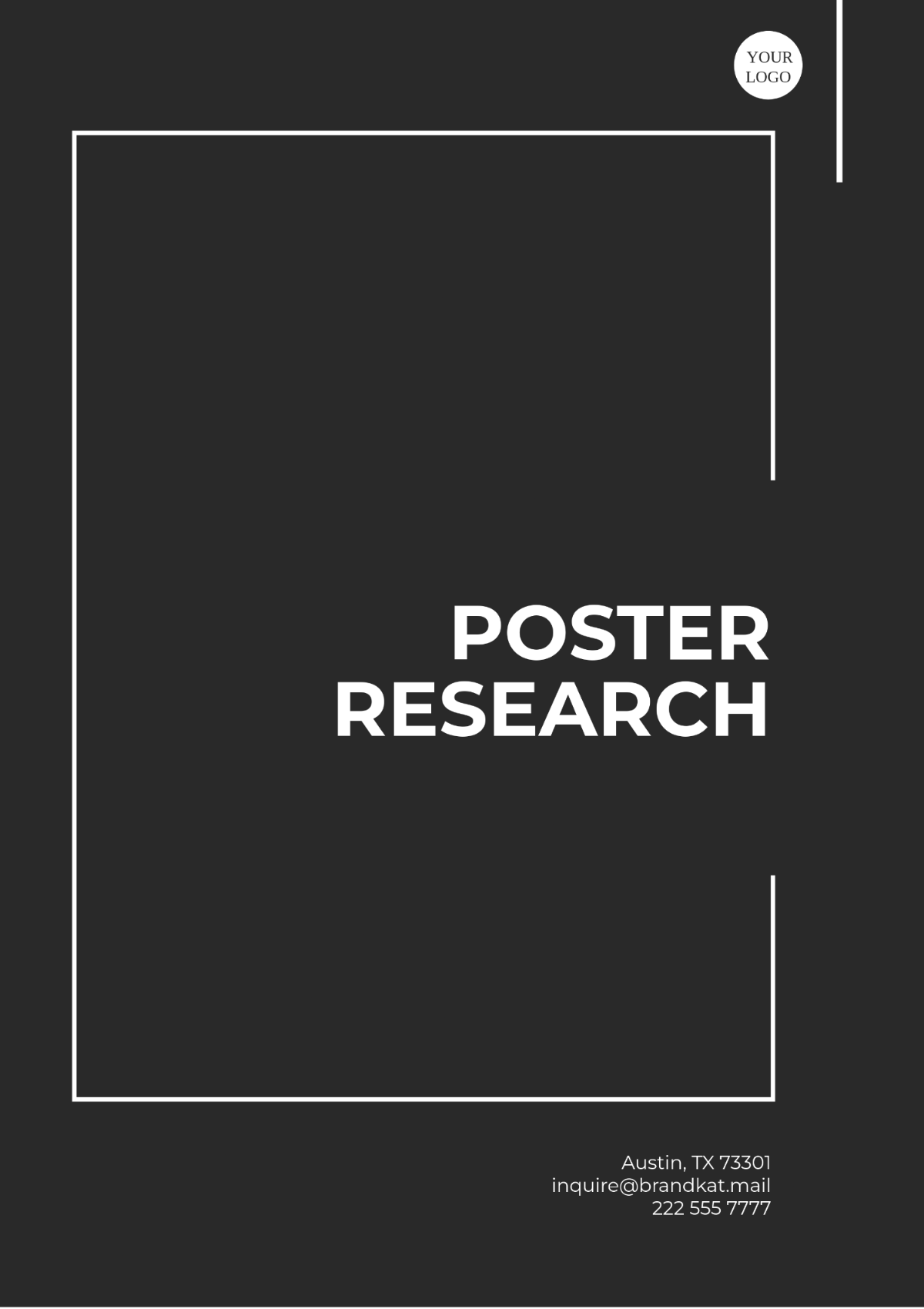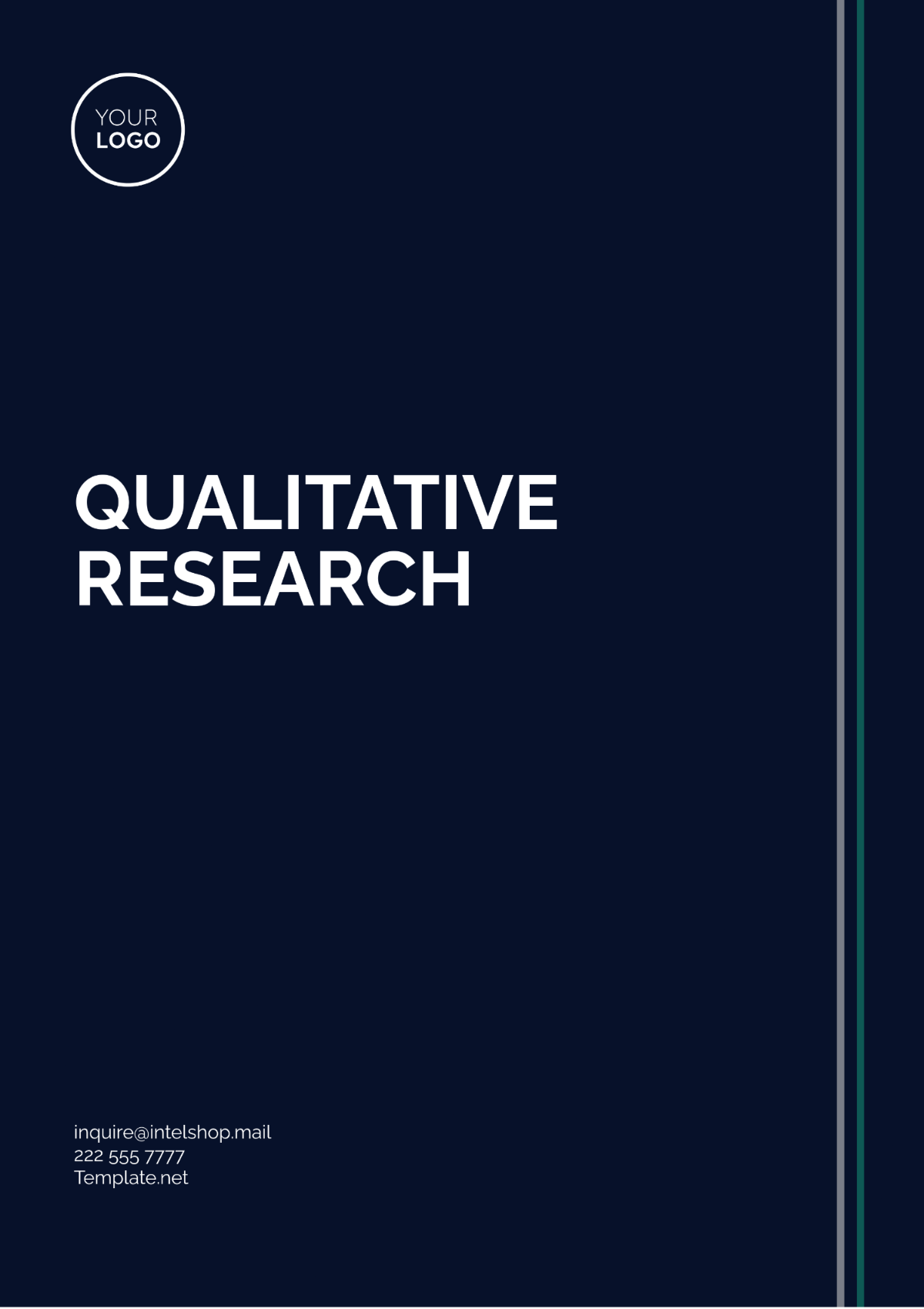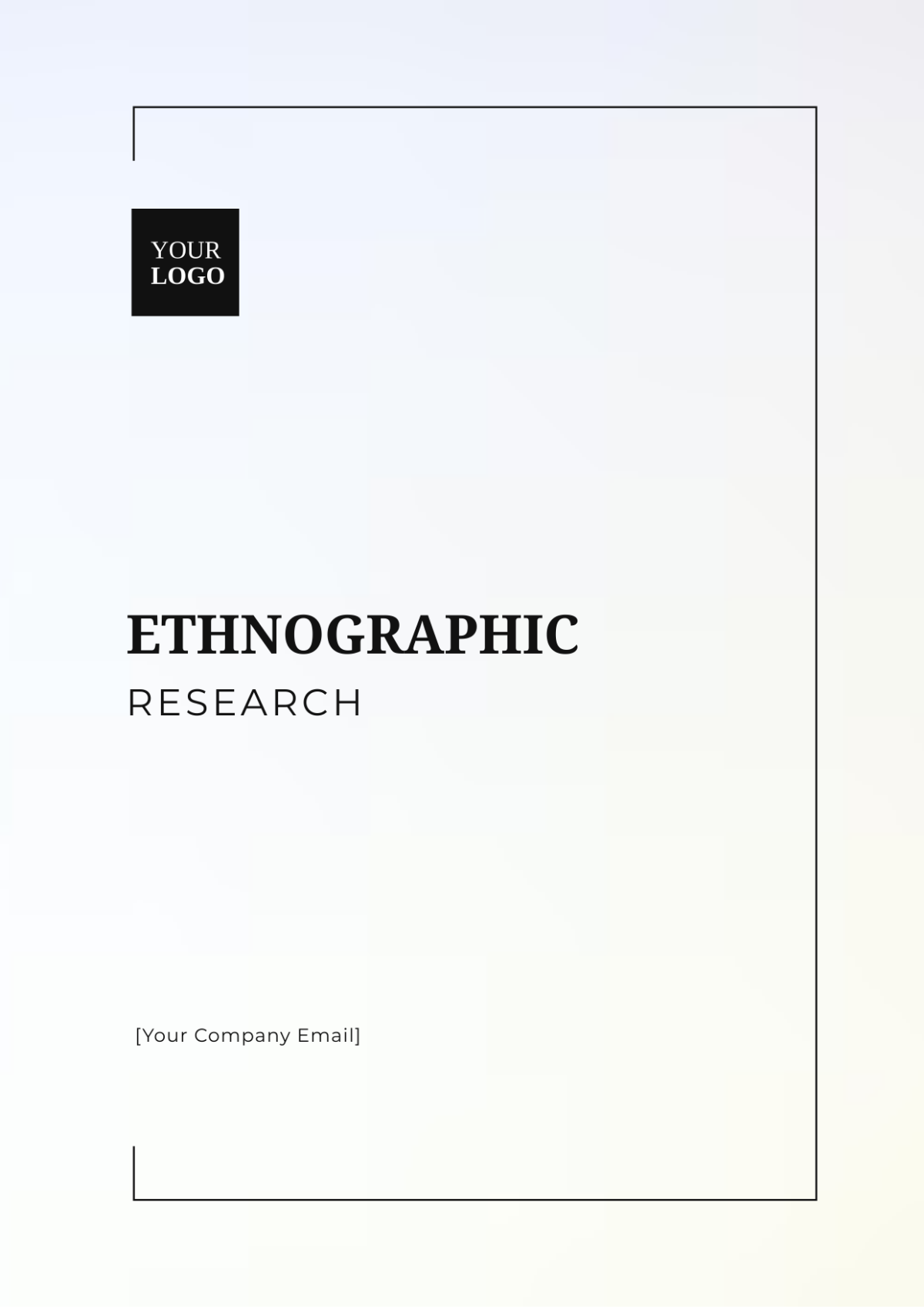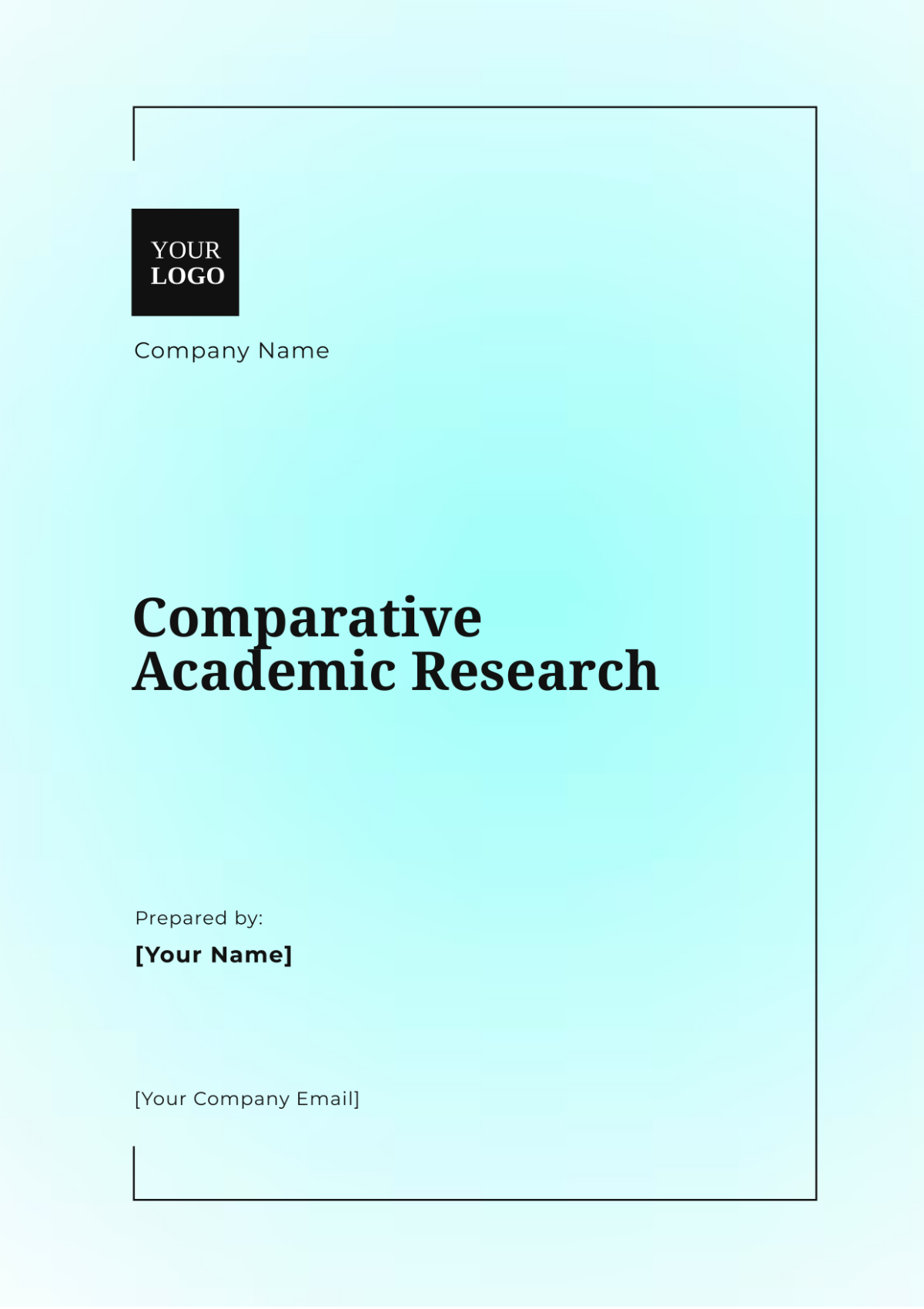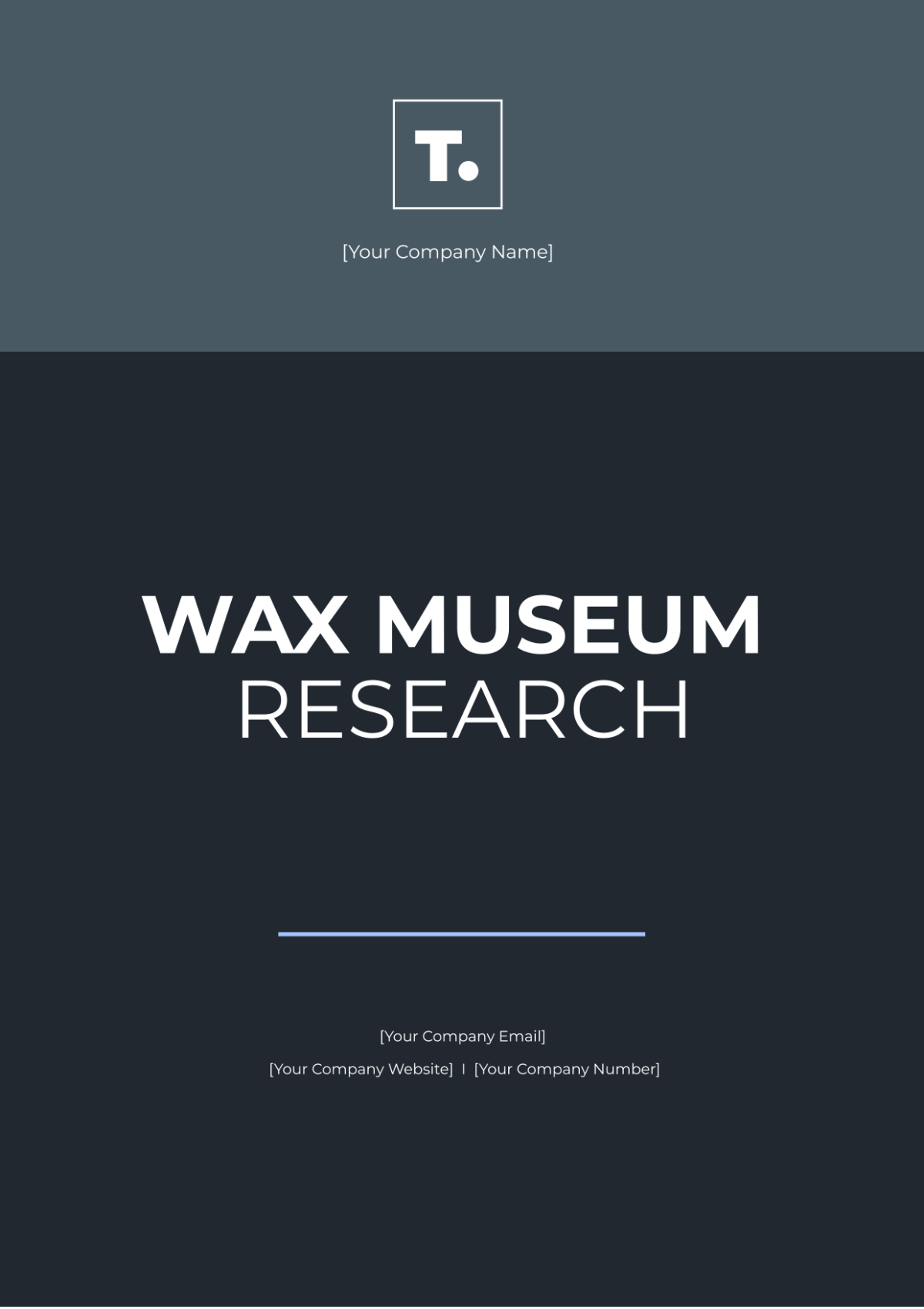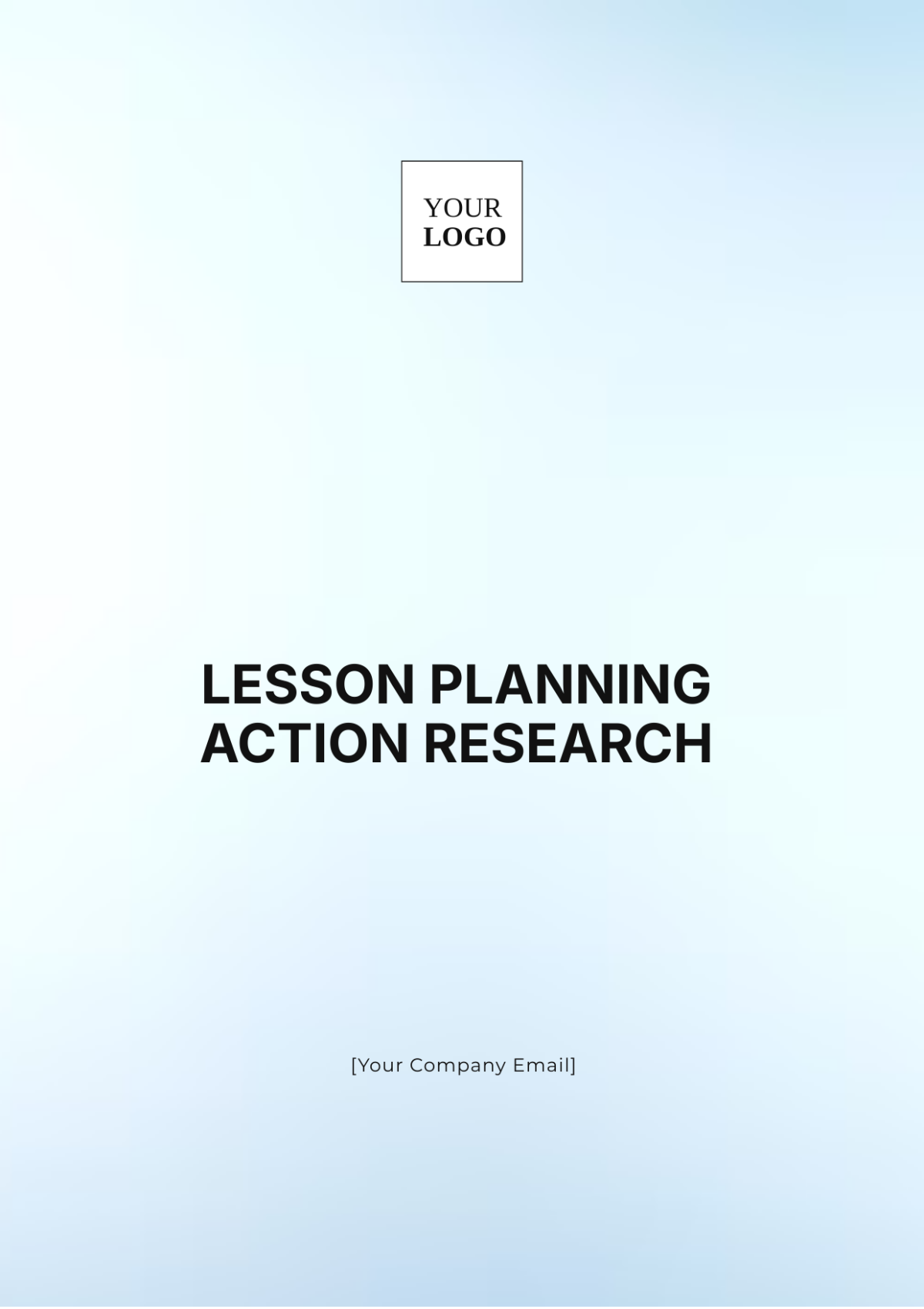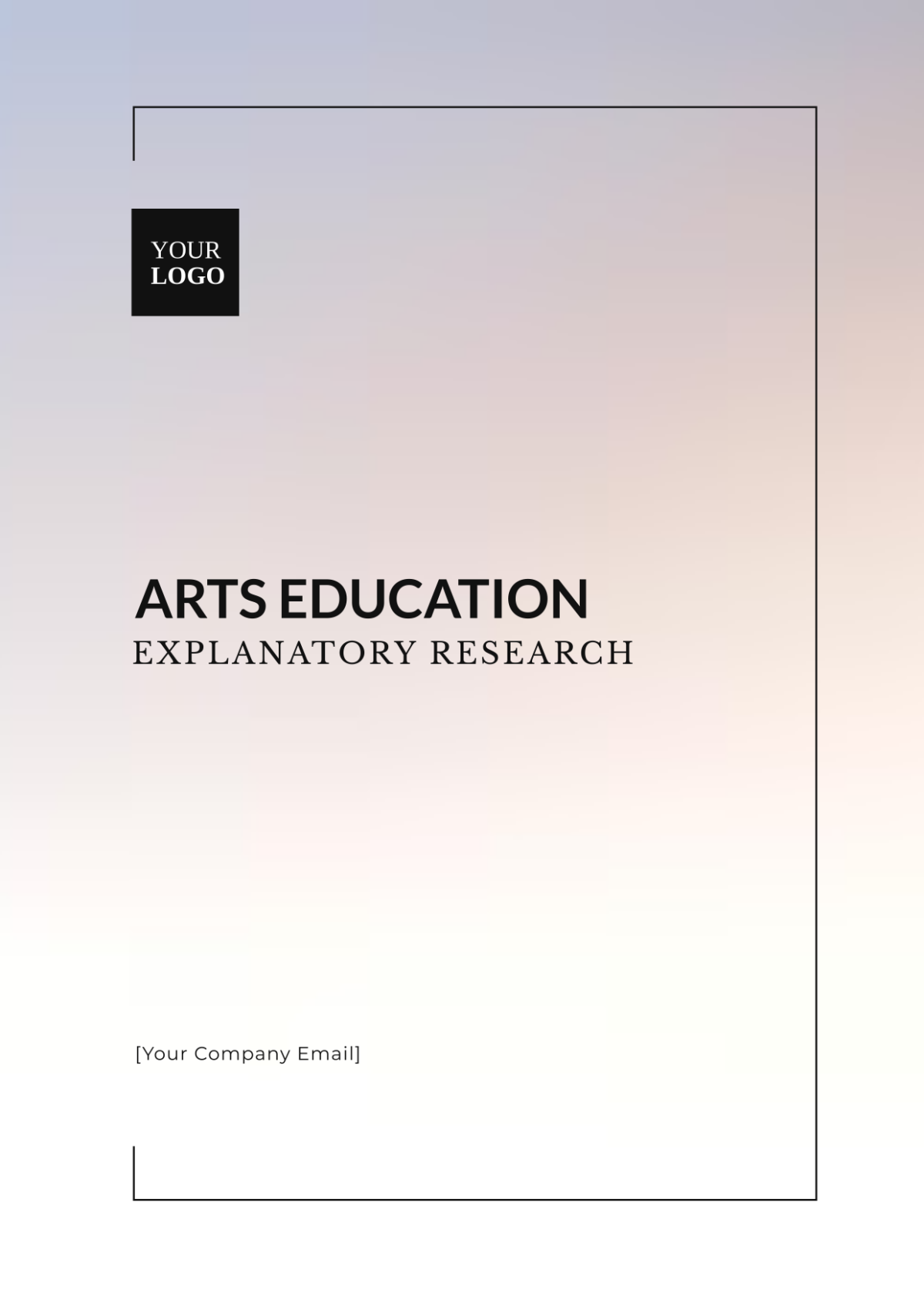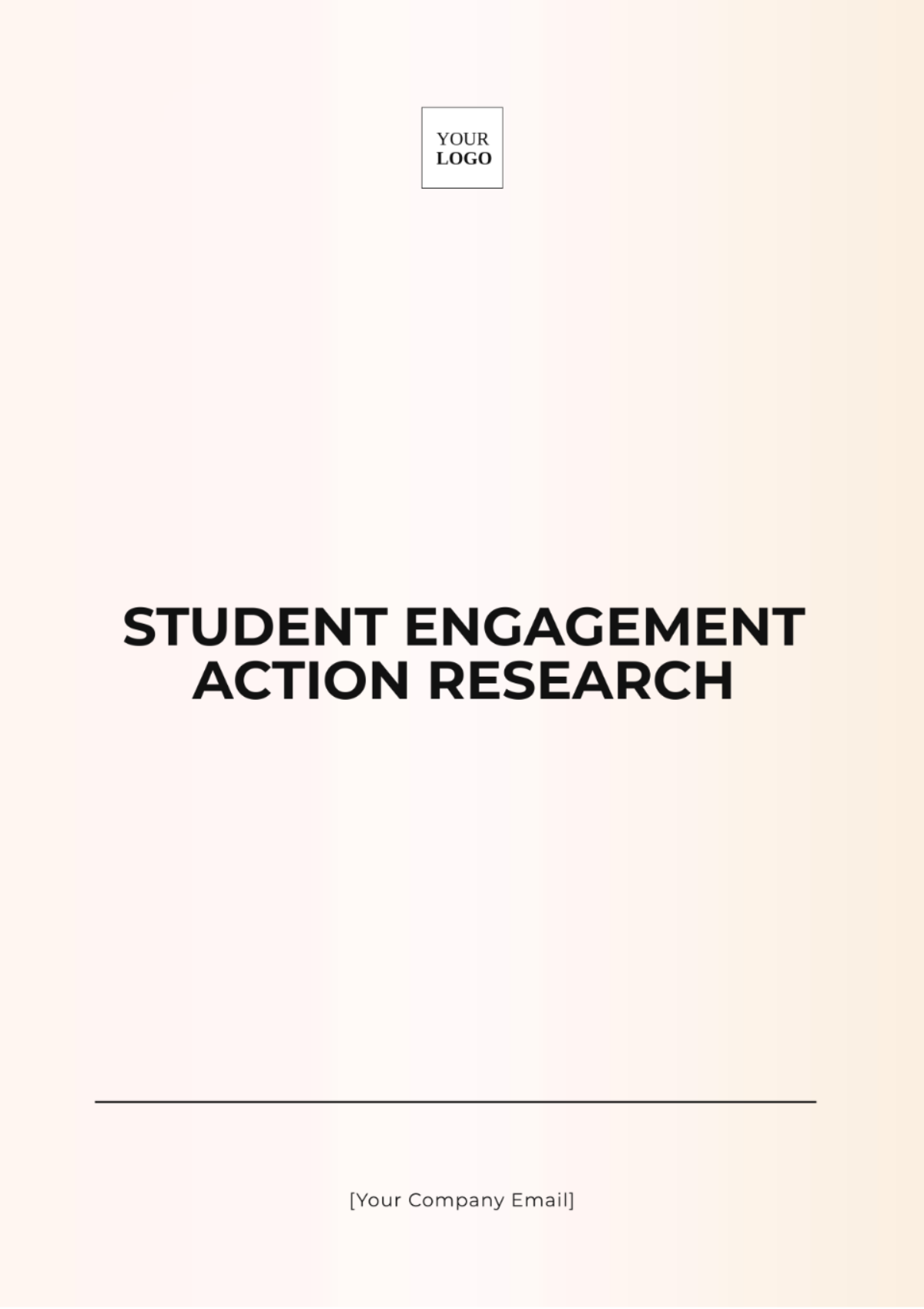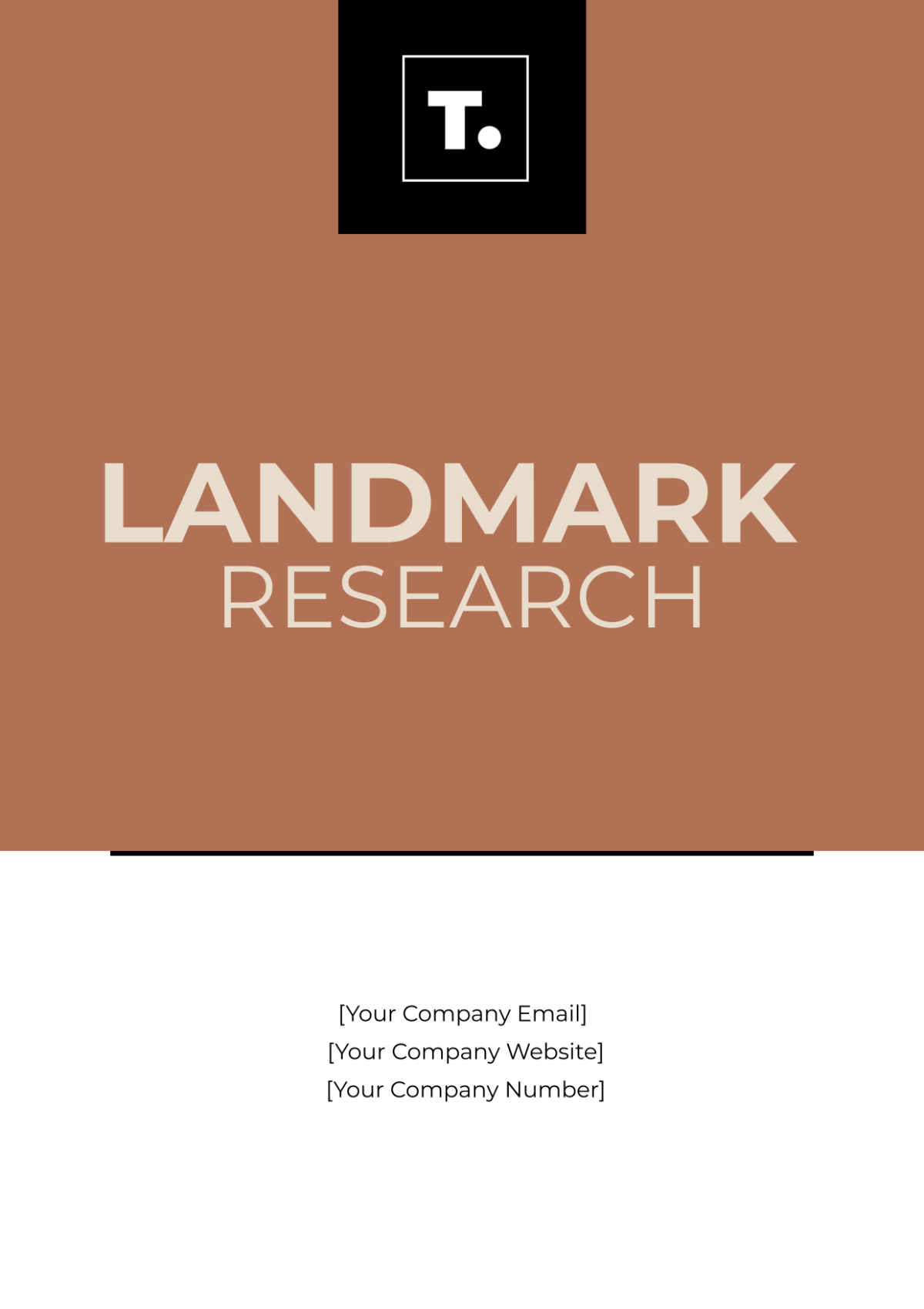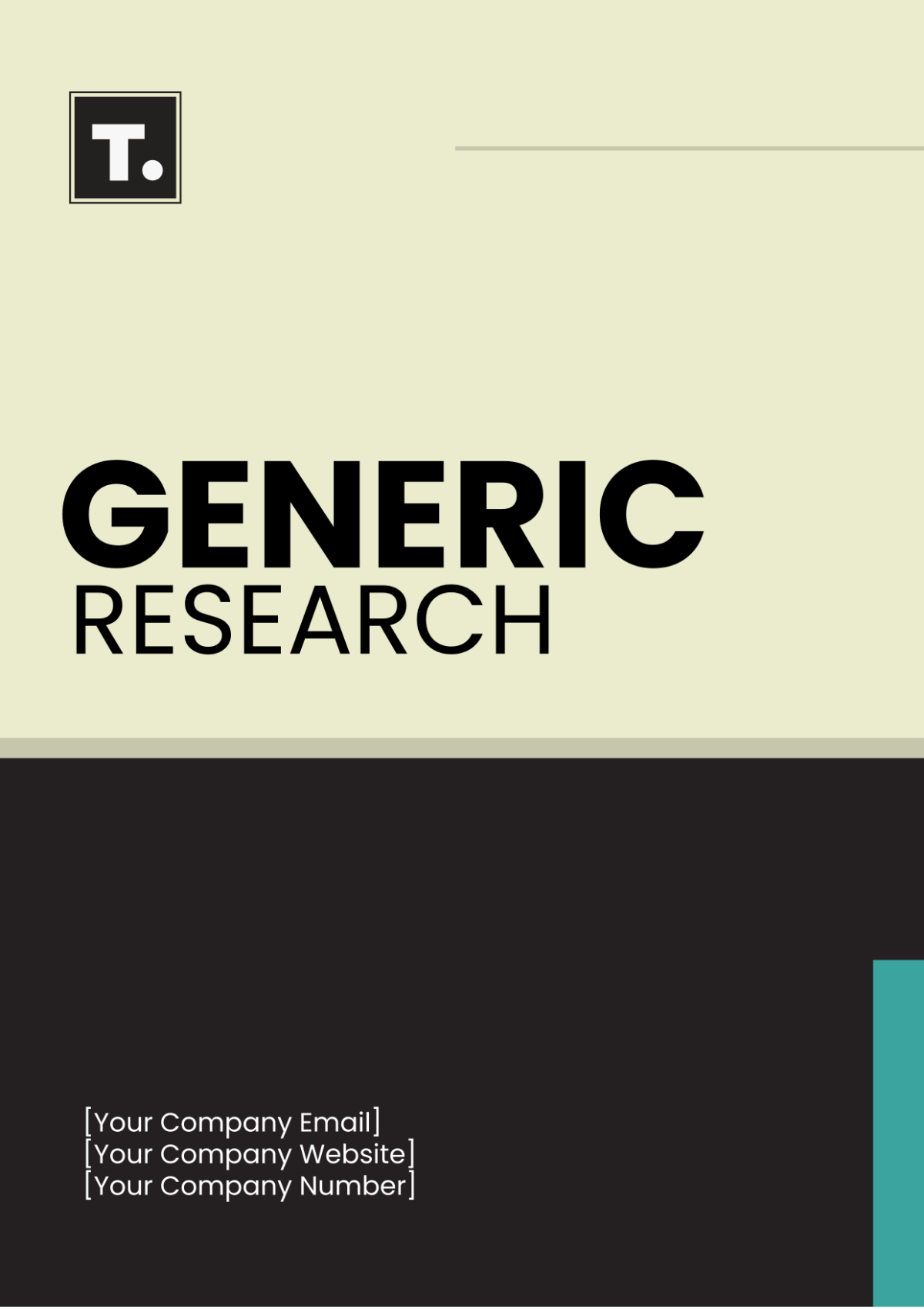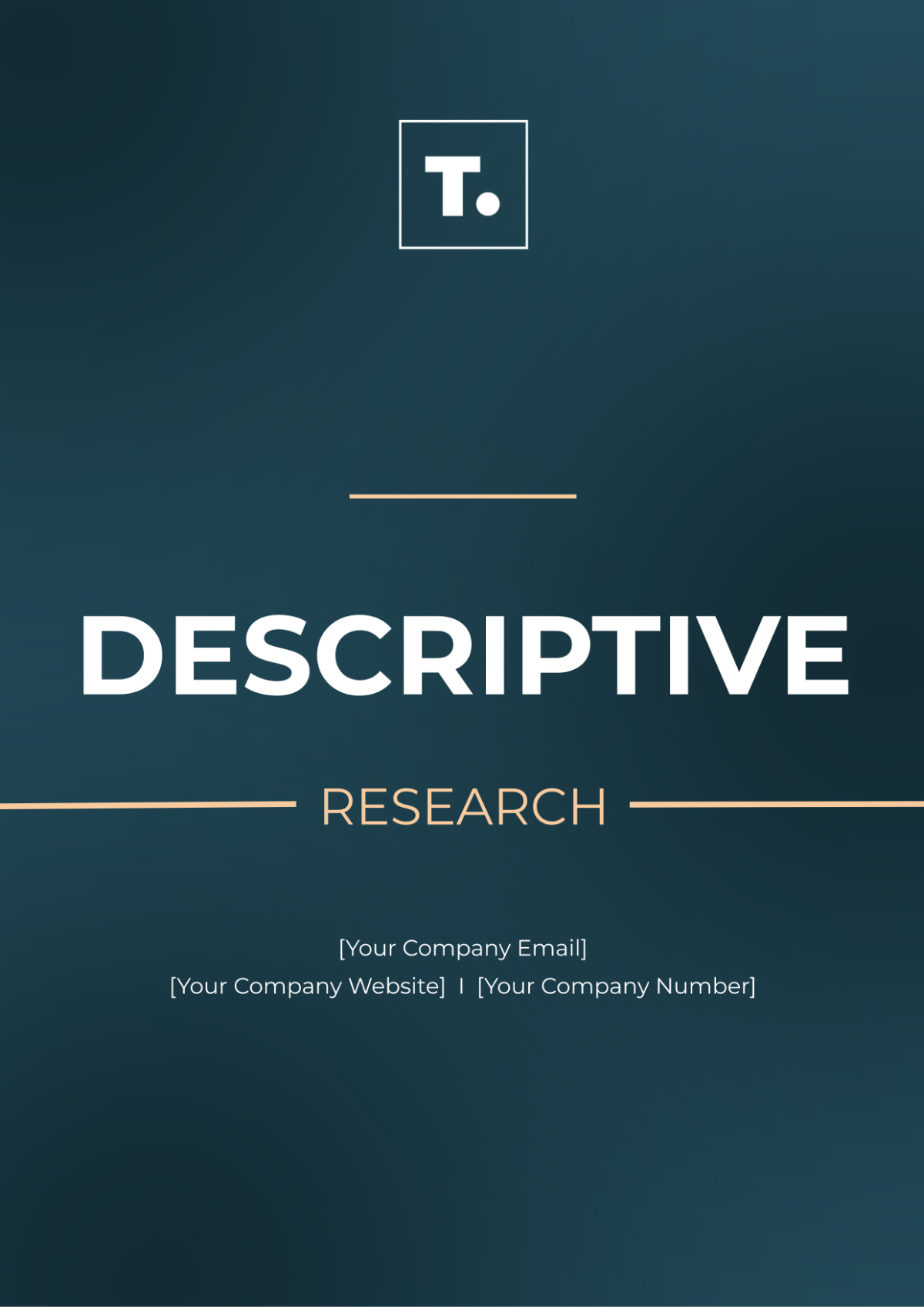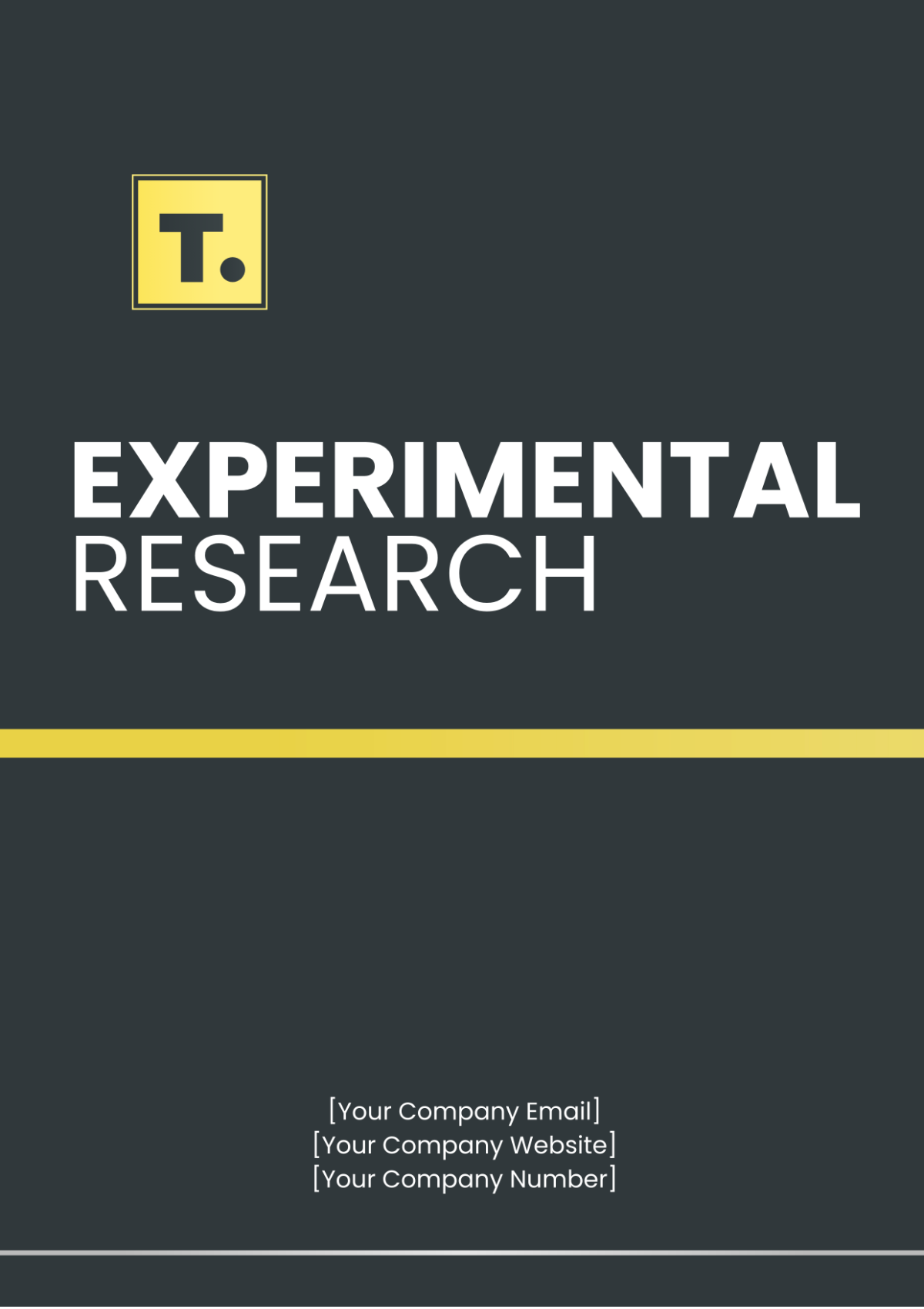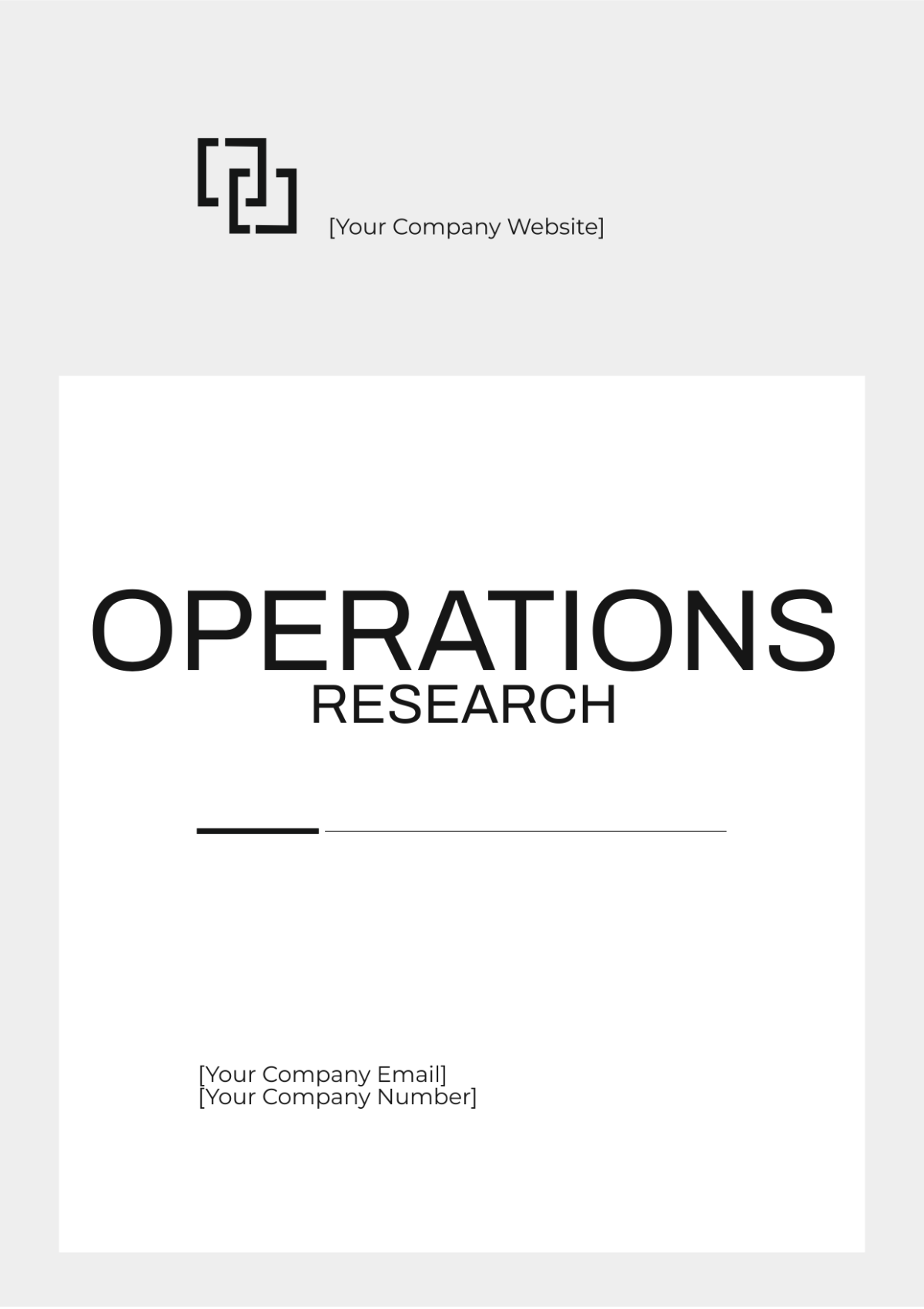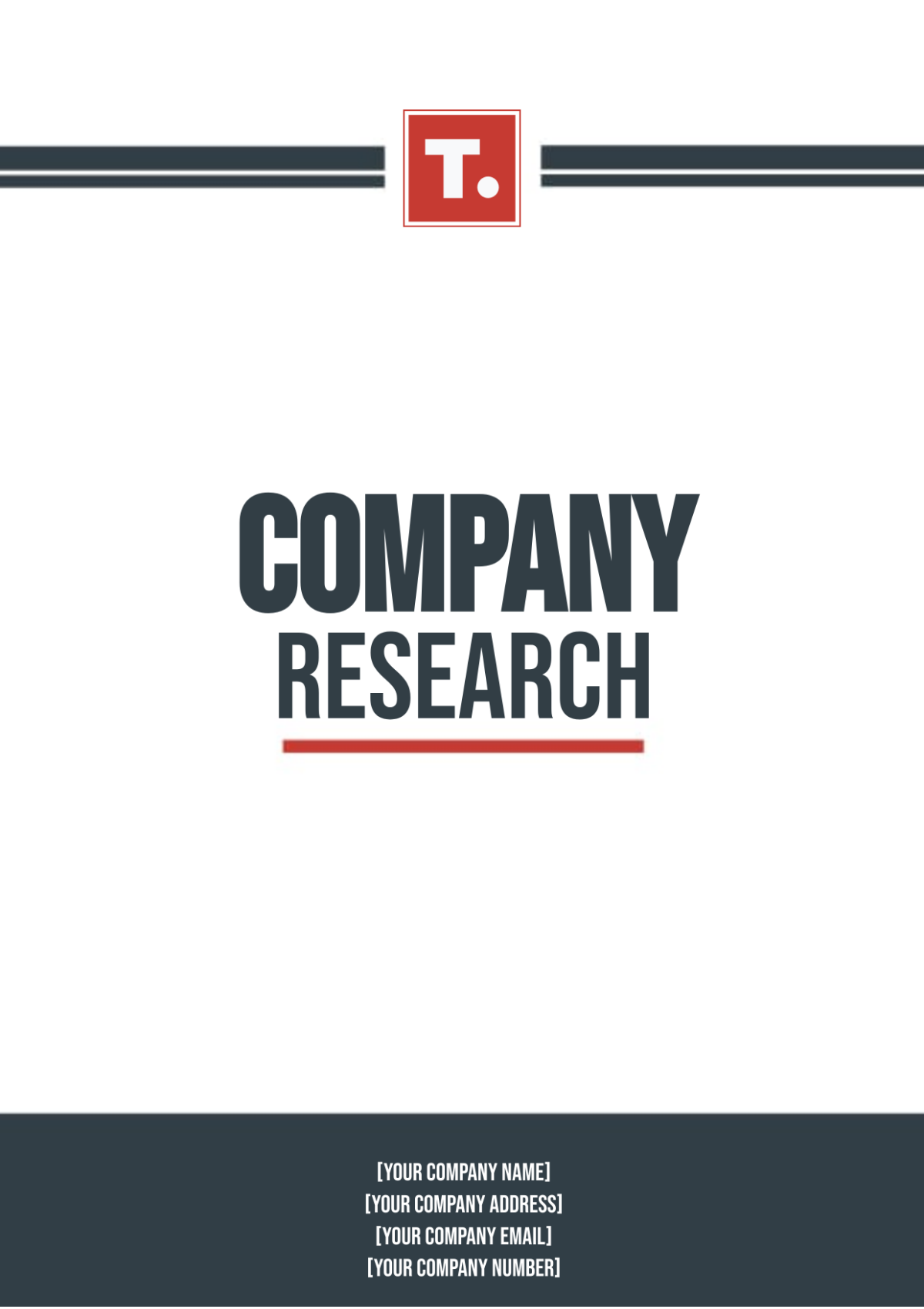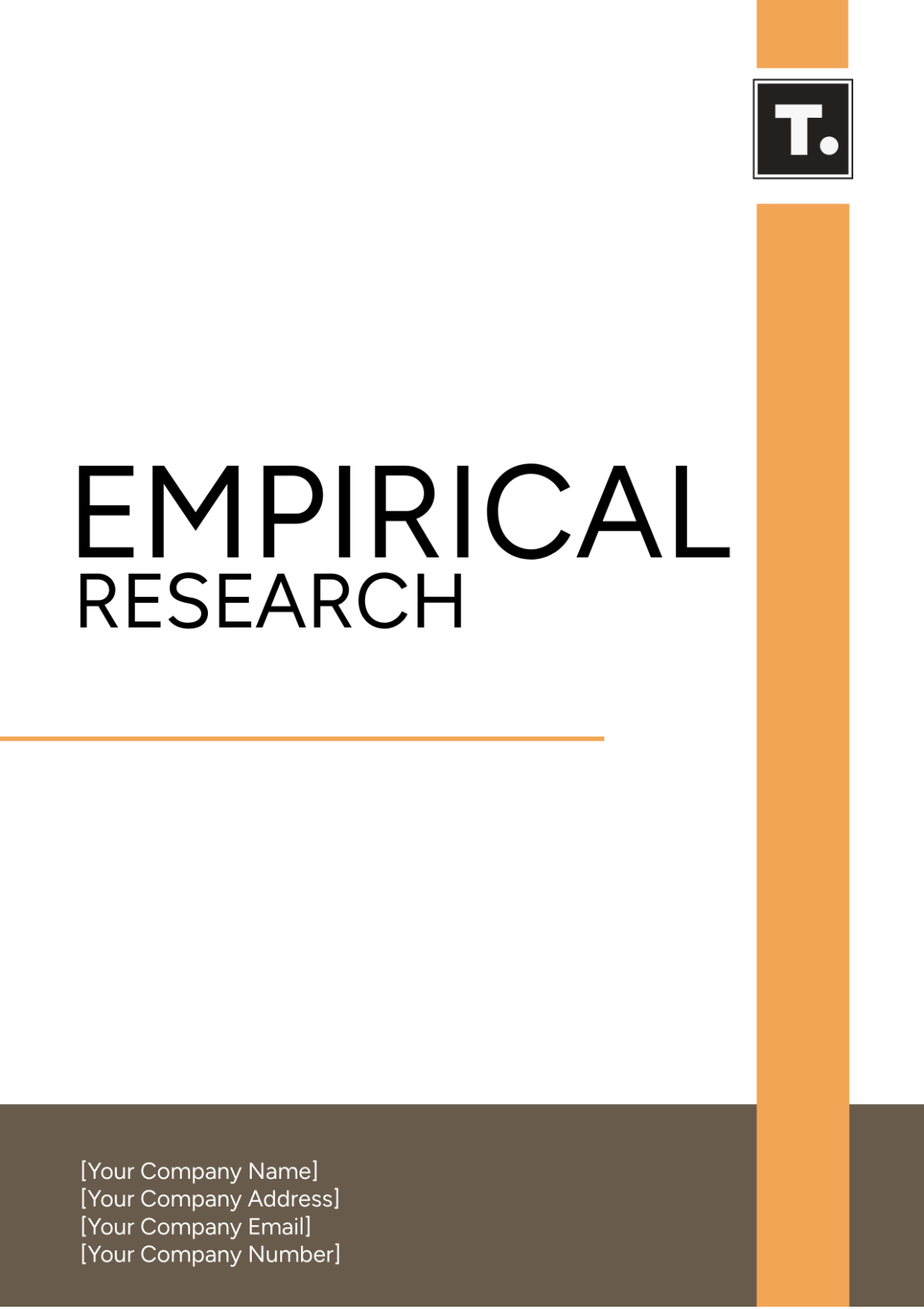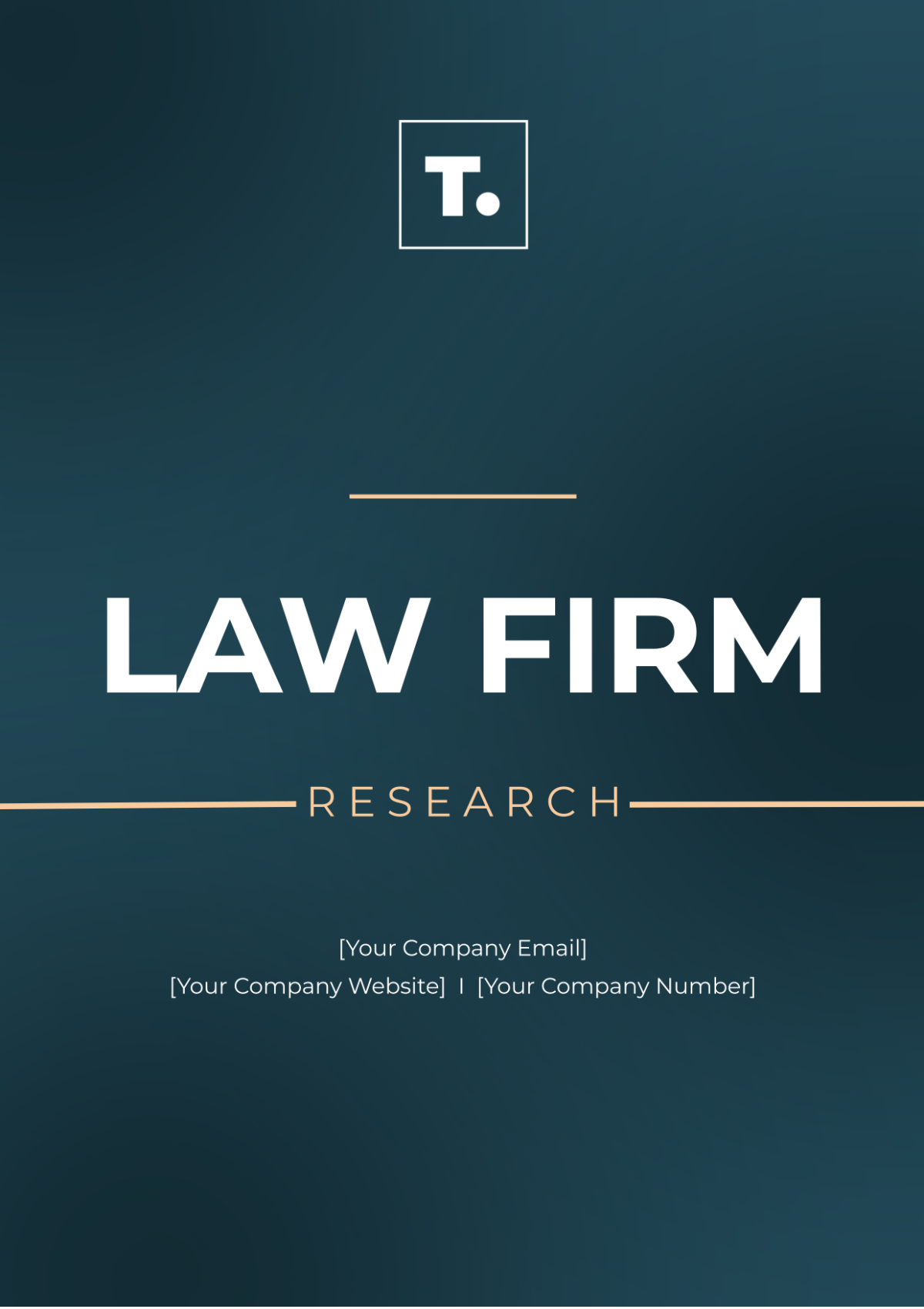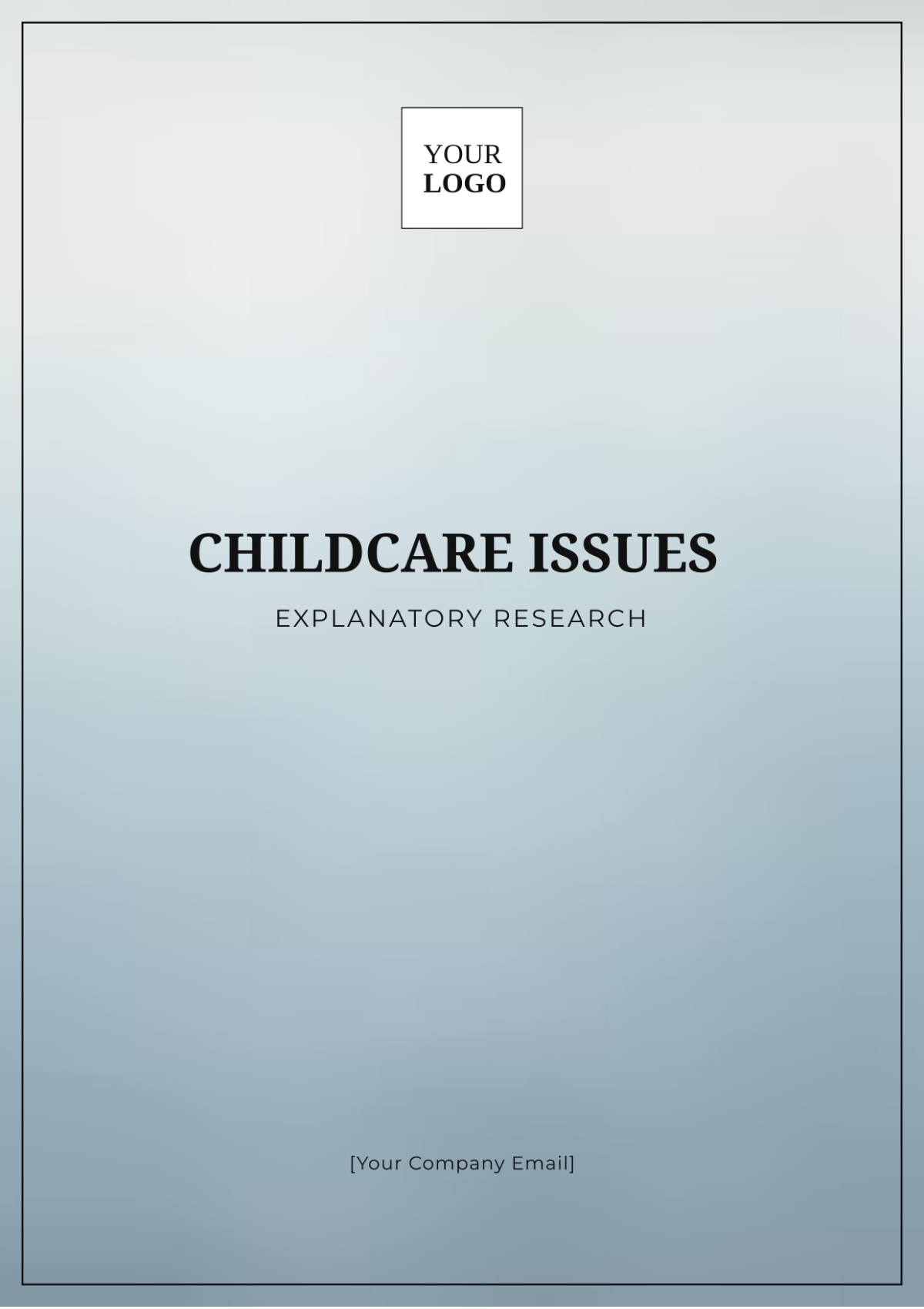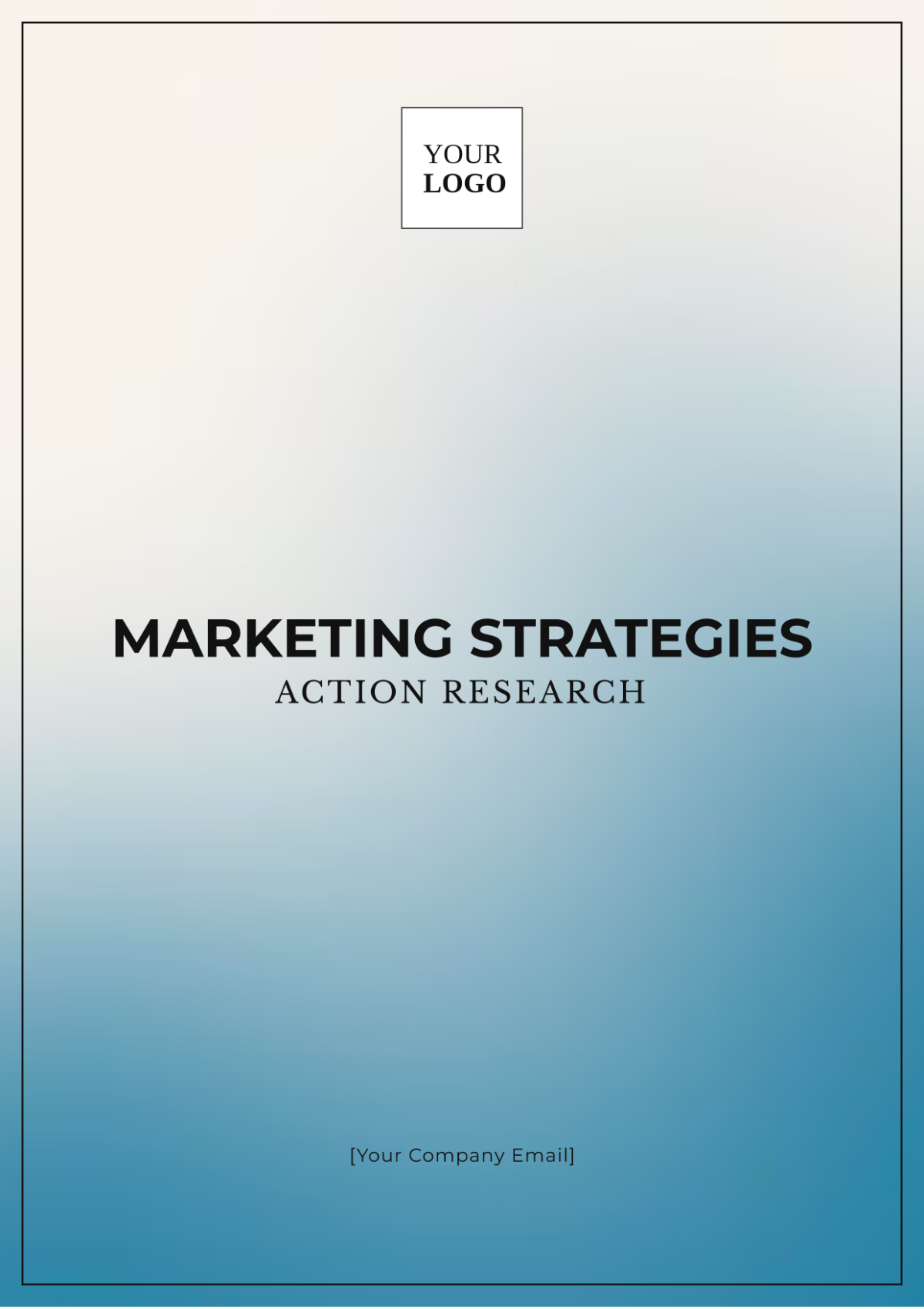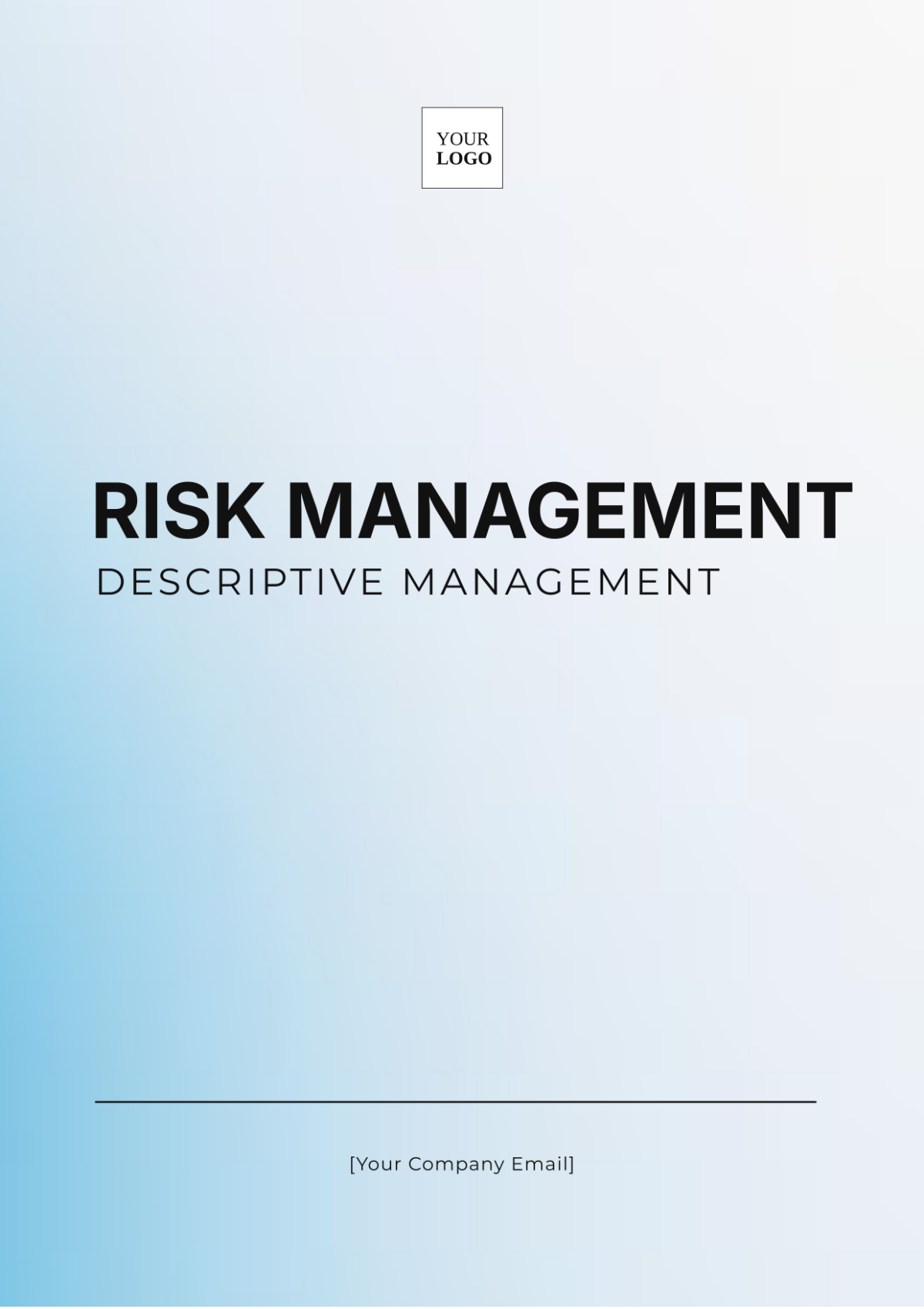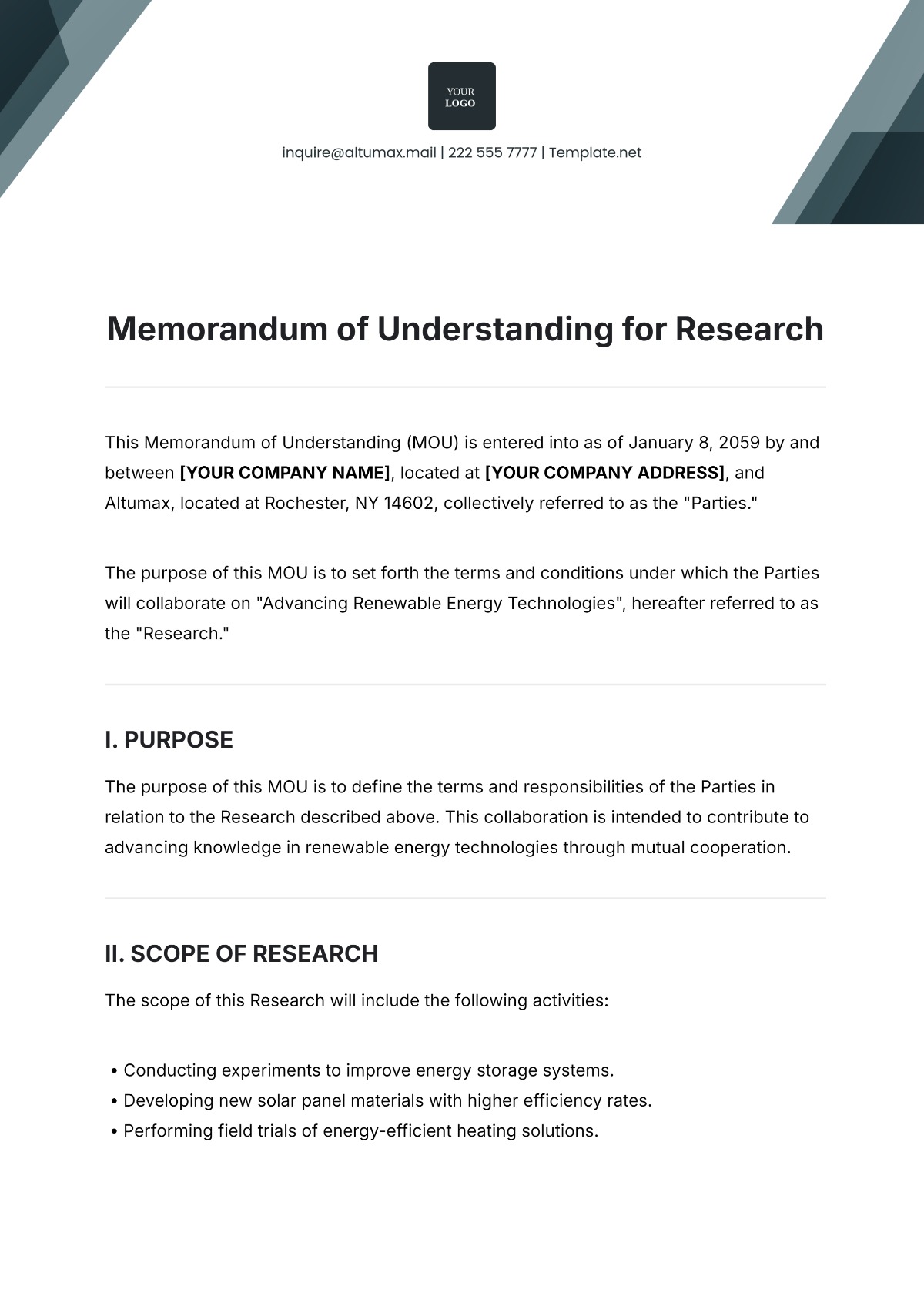Framing and Scope Research Process
Researcher: [Your Name]
Date: [Date]
I. Introduction
The Framing and Scope Research Process is a methodical approach used to outline and define the essential elements of a research project. This process ensures that the research is clearly focused, systematically organized, and effectively managed. By setting boundaries and identifying key aspects of the study, researchers can conduct thorough investigations and produce insightful results.
II. Research Objectives
The primary objectives of the Framing and Scope Research Process are:
Identifying the Research Question: Articulate the central question or problem statement that the research aims to address. For example, “How will emerging AI technologies influence job markets by 2060?”
Defining Research Objectives and Goals: Set specific aims and goals, such as “To analyze the impact of AI on various sectors” and “To predict future job market trends.”
Establishing Scope and Boundaries: Determine the study’s limits, including what will be included and excluded. For instance, “This study will focus on the technology sector in North America and exclude other geographical regions.”
Identifying Limitations and Constraints: Recognize potential challenges such as “Limited access to proprietary data” or “Time constraints for data collection.”
Ensuring a Focused Approach: Develop a structured plan for gathering and analyzing data to maintain focus and relevance.
III. Scope
The scope of the Framing and Scope Research Process involves:
Setting Study Parameters: Define what aspects of the research topic will be included. For example, “The study will cover AI advancements from 2050 to 2070 and their effects on employment.”
Defining Boundaries: Specify the geographical, temporal, and conceptual limits. For instance, “This study will focus on developments in AI technologies within the United States from 2050 to 2070.”
Determining Detail Level: Decide on the depth of analysis required, such as “A detailed examination of AI’s impact on the tech industry and its projected evolution.”
Identifying Key Variables: Specify the variables and constructs to be studied, such as “Job displacement rates,” “New job creation,” and “Economic impacts.”
IV. Methodology
The Framing and Scope Research Process follows a structured methodology comprising several key steps:
Step | Duration | Activities |
|---|---|---|
Initial Literature Review | 3 weeks | Review existing research on AI technologies and job markets, identify gaps in current knowledge. |
Define Research Question | 2 weeks | Formulate a precise research question: “What are the projected impacts of AI on employment by 2070?” |
Set Objectives | 2 weeks | Specify research aims, such as analyzing sector-specific impacts and projecting future job market trends. |
Establish Scope | 2 weeks | Define the study’s boundaries, including the focus on North American technology sectors and exclusion of other regions. |
Identify Limitations | 1 week | Document potential constraints like limited access to data and time limitations. |
Develop Framework | 3 weeks | Create a structured plan for data collection, including methods for qualitative and quantitative analysis. |
Execute Research | Varies | Implement the research plan, collect data, and analyze results according to the established framework. |
V. Timeline
Phase | Duration | Activities |
|---|---|---|
Initial Literature Review | 3 weeks | Review existing research, identify knowledge gaps |
Define Research Question | 2 weeks | Formulate the primary research question |
Set Objectives | 2 weeks | Define specific research aims and goals |
Establish Scope | 2 weeks | Define study boundaries and parameters |
Identify Limitations | 1 week | Document potential constraints |
Develop Framework | 3 weeks | Create a detailed plan for data collection and analysis |
Execute Research | Varies | Collect and analyze data according to the framework |
VI. Resources
Essential resources for conducting the Framing and Scope Research Process include:
Academic Databases and Libraries: Access to resources for literature review, such as JSTOR, Google Scholar, and institutional repositories.
Research Tools and Software: Tools for data collection and analysis, including statistical software (e.g., SPSS, R) and qualitative analysis tools (e.g., NVivo).
Funding: Financial resources to cover research expenses, including data acquisition, software, and participant incentives.
Experienced Team Members: Researchers, advisors, and experts with knowledge in AI technologies and employment trends.
VII. Limitations
Potential limitations affecting the research process may include:
Data Access: Difficulty in obtaining proprietary or sensitive data from industry sources.
Time Constraints: Tight deadlines impacting the thoroughness of data collection and analysis.
Financial Constraints: Limited budget affecting the scope and depth of research activities.
Researcher Bias: Potential biases introduced by researchers or respondents affecting the study’s outcomes.
VIII. References
The references for this research process should adhere to a specific citation style, such as APA or MLA, and include all sources consulted during the literature review and research execution.
Author, A. (2050). Title of the Book. Publisher.
Author, B. (2052). Title of the Article. Title of the Journal, volume(issue), pages.
Author, C. (2054). Title of the Webpage. Retrieved from https://www.examplewebsite.com/title-of-the-webpage

